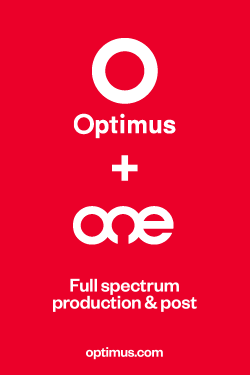“We’re in the midst of the most important transition in the history of the marketing and media industries,” states Mark Egmon, president/cofounder of Outer Radius, LLC, a branded content development and consultancy firm.
The proliferation of new media, and the changing roll of traditional media, requires a fresh perspective when aligning entertainment and advertising content, he states.
As a pioneer in this new merger of entertainment and marketing, Egmon knows whereof he speaks. The insight he provides is invaluable in helping to accelerate the process, “if you plan to participate in this merger from either side.”
It’s not your father’s advertising: Exposure does not guarantee action.
P&G’s Jim Stengel recently told the 4As that advertising is no longer about “Telling and Selling.” He noted the move away from the antiquated one-way communication mindset that’s not exclusive to advertising.
It’s a universal attitude about advertising that can also be found in the man-on-the-street or in the average filmmaker seeking an infusion of capital by offering overt placement opportunities.
Respect the audience: Always create something that is first and foremost compelling, entertaining, and perhaps informative.
It should be a destination for entertainment and/or useful information. Anything less than that will be passed over in this content-rich-consumer-controlled world.
That may seem obvious, but branded entertainment projects and product integrations often go astray. That’s because they are evaluated either using an internal-to-external process based on whether it meets the client’s objectives, or whether inserting that product into a scene of your project will get you the added financial support you’re seeking.
Take a step back from the process. Evaluate it from an external-to-internal perspective.
Ask how the audience might perceive it; can the concept truly stand on its own as an entertainment source, or whether its integration into an entertainment property disrupts the audience’s experience by being too blatant or creating some other disconnect.
Be honest and don’t be afraid to ask: “Why would someone watch this?”
Embrace the change: Some say the rules of the game have changed. In reality, it’s a whole new game. Even if you were once the MVP playing by the old rules, having skin in the new game for the long haul is not an entitlement.
It might require learning additional skill sets through acting, improvisation, and screenwriting classes. It likely will involve hiring people with skill sets not found in your organization and creating an environment where their knowledge is sought out and embraced.
Bone up on marketing. Understand the difference between a brand and a product. Most importantly, jettison any preconceived attitudes you may have that might cause you to flip corporate America the bird with one hand, while holding out your other hand out for their check.
The entertainment and marketing convergence space holds tremendous potential for changing the face of advertising. It is creating new avenues for entertainment, and unearthing phenomenal opportunities for all involved, but in the end it is irrelevant to tout the length of the project or its method of distribution as being a ground-breaking move if the content itself does not inspire people to experience it.

















